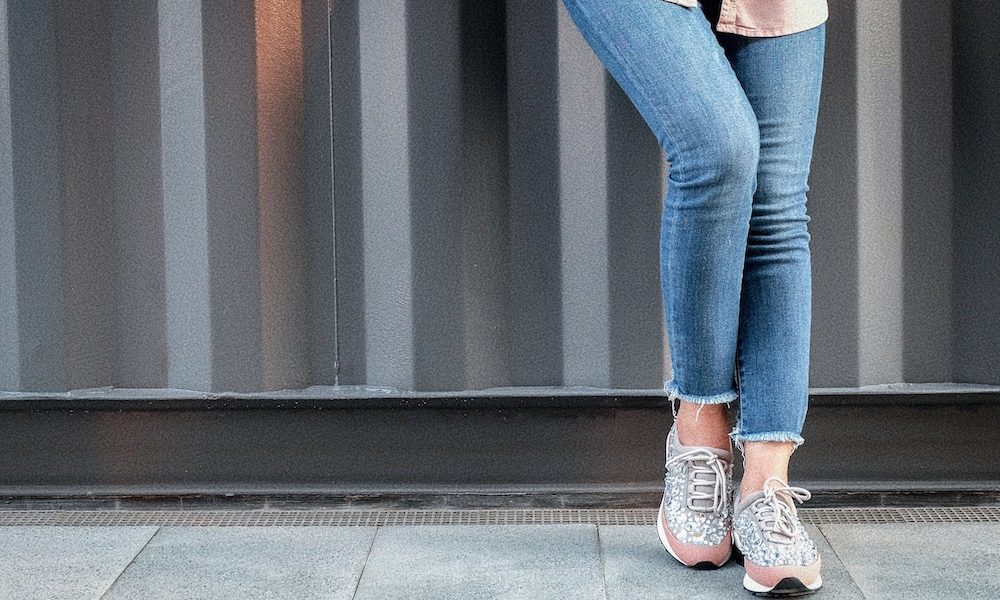For exercise to be sustainable, it’s important to find activities that help your body feel good. Challenge the ‘no pain, no gain’ mindset, and find a more natural, intuitive way to move.
BY: ROSE MATTSON, MS, RD
I grew up in a very active household. We hiked, walked, canoed, biked, cross-country skied and generally did anything outside. As a kid, I was also very into sports. I started playing baseball, soccer, gymnastics, basketball, and volleyball at a very young age, and eventually fell in love with athletics.
However, those activity patterns changed over the years. “No pain, no gain” became a dominant message for a long time.
If practice didn’t hurt, it wasn’t hard enough.
Even after I stopped officially competing, this mindset continued. I ran a half-marathon with severe plantar fasciitis, insisted on running the race and haven’t really been able to run since.
I then fell in love with spin classes at some point, realizing how tough they were and how hard I could push myself. I diligently got in 6-day-a-week workouts which involved tons of lifting mixed with jumping. When I found yoga, that’s when I learned that I couldn’t possibly do everything and started to give my body some compassion.
My routine now still consists of lifting weights, but also mixing in yoga, hiking, and spinning. But the relationship that I have with these types of movement has changed.
I go to feel good. To feel strong. To feel connected to my body. To breath. To be outside in the quiet. To feel energized.
Often times, the relationship that people have with exercise is often similar to what their relationship with food looks like. And people often associate suffering in some form to achieve their health goals. However, research shows that there are benefits from all types and forms of movement.
And if the activity is enjoyable, it will be more sustainable.
We also know that performing physical activity throughout your lifetime is associated with a decreased risk of developing chronic diseases, decreased stress and improved cognitive function, and being generally happier.
In order to find a sustainable form of movement, it is important to shift your mindset and association with exercise away from pain, away from burning calories, and away from weight loss.
So how can you do this?
1. Be aware of your body.
One of the first things you can do is start doing is being cognizant of what physically feels good for your body. Ask yourself:
What type of movement do I enjoy doing?
Am I doing this activity to manipulate my body?
Am I doing this out of love or hate for myself?
Take some time to really think about your answers, and become aware of why you actually do the activity that you choose.
Do you hate running but insist on getting on the treadmill every time you are at the gym?
Do you love Zumba classes but don’t feel like they “count”?
Are you lifting weights to feel strong or to try and minimize/maximize a certain body part?
Do you go to yoga classes to feel connected to your body?
Or do you run to feel some sort of pain?
2. Don’t use exercise to compensate for anything else.
Remember, you don’t need to exercise harder to make up for anything, ever. Trust your body to take care of whatever extra you gave it. It is 100% OK to have a certain food, and go about your day. Your decision to move can be independent of what you ate.
And depending on how your body feels, recognize that movement doesn’t have to be every single day. It is OK to take a few days off. It may actually be best to sleep, or rest! Along a similar vein, please don’t feel the need to exercise if you are sick. Being able to be flexible with your movement is really important.
3. All activity matters!
Whether this is a 15 minute walk at lunch-time, or a 45 minute spin class – it’s all good! You don’t have to be a sweaty mess.
This includes doing simple things like: parking farther away, taking the stairs, walking to the store, and getting up and standing every hour. The best type of movement can be something you don’t even realize you are doing.
4. It doesn’t have to be super difficult.
Listening to your body is one of the most powerful things you can do. If you’re used to doing things that make others happy and put yourself on the back-burner, remember – you are important too! Do things that give you pleasure and make you happy, because you 100% deserve that.
Ultimately, it’s about finding a form of movement that you enjoy. Choose it out of love for your body, and check in with how you feel during and what it may do for you after.
Because movement enables you to connect with your body,
So let’s appreciate its ability to help you do all the things you love.
Adapted from the original article.
HEADER IMAGE: ANTAS SINGH
Rose Mattson, MS, RD is a private practice dietitian who runs a Salt Lake City-based nutrition practice, through which she sees clients both locally and virtually. Specializing in Intuitive Eating, sports nutrition, and digestive disorders, Rose’s mission is to help people find satisfaction and joy in eating all foods, without unnecessary restriction or deprivation. When she’s not working, you can find her outside in the mountains, at the local farmer’s market, or scoping out the most delicious meals in the area.

